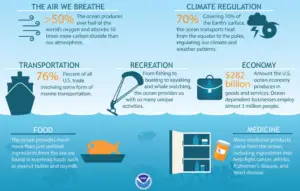Table of Contents
Basel norms & Capital Adequacy Ratio | UPSC – IAS
Capital Adequacy Ratio is also known as Capital to Risk Assets Ratio, is the ratio of a bank’s capital to its risk. National regulators track a bank’s CAR to ensure that it can absorb a reasonable amount of loss and complies with statutory Capital requirements. It is a measure of a bank’s capital
Capital Adequacy Ratio (CAR)
Capital adequacy ratio is the ratio which determines the bank’s capacity to meet the time liabilities and other risks such as credit risk, operational risk etc. In the most simple formulation, a bank’s capital is the “cushion” for potential losses, and protects the bank’s depositors and other lenders.
- CAR = (Tier I + Tier II Capital)/Risk Weighted Assets
- Expressed as a percentage of a bank’s risk weighted credit exposures.
- Measure of bank’s financial strength to ensure that banks have enough cushions to absorb losses before becoming insolvent and losing depositors’ funds.
- CAR is required to be 9% by RBI (based on BASEL III norms), where 7% has to be met by Tier 1 capital while the remaining 2% by Tier 2 capital.
Provisioning requirement
- Setting aside a portion of profits, in proportion of risk weighted loans given, to compensate a probable loss due to incomplete loan recovery is called provisioning.
- Like CCB & CAR requirements, provisioning is one of the contingency measures to contain risk.
- Different types of assets have different risk profiles e.g. Government debt has 0% risk weight
- A high-risk weight discourages lending by increasing the capital requirement for lenders.
Criticism of BASEL norms
- Reserve bank of India, already has sufficient “backup” mechanisms to prevent banking crisis in India- such as Cash reserve ratio (CRR), Statutory liquidity ratio (SLR), all banks are required to make fortnightly reporting to RBI about their finance and operations and so on.


